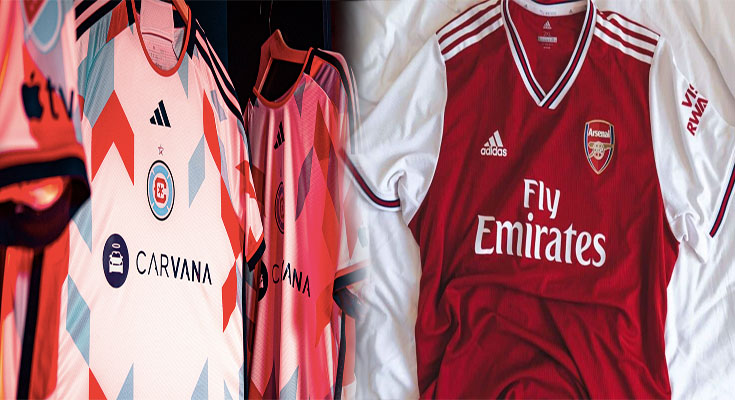In the world of soccer, jerseys hold a special significance. They not only represent a team’s identity and colors but also serve as a platform for sponsors to gain exposure. However, the placement of sponsor logos on soccer jerseys is not a random endeavor. There are specific regulations and guidelines that dictate how sponsors can be displayed on a soccer jersey. In this article, we will explore the various regulations surrounding sponsor placement and the impact they have on the overall style of soccer jerseys.
The Importance of Sponsorship
Sponsorship plays a significant role in the financial stability of soccer clubs and organizations. It provides crucial funding that enables clubs to acquire talented players, invest in training facilities, and support community programs. As a result, sponsors are given space on jerseys to showcase their brand and gain visibility across a wide audience.
Regulations for Sponsor Placement
While the specifics may vary between leagues and tournaments, there are certain common regulations that govern sponsor placement on soccer jerseys. These regulations often consider factors such as visibility, integrity of the team’s identity, and fairness among competition. Here are some key regulations:
- Size and Proportion: Generally, there are regulations stipulating the minimum and maximum sizes for sponsor logos. This ensures that sponsors receive adequate visibility without overpowering the team’s identity. The size and proportion of logos are usually specified in terms of dimensions or as a percentage of the total jersey area.
- Location: Sponsors are typically placed on specific areas of the jersey called “Commercial Zones.” These zones vary but often include the front center of the jersey, either as a main sponsor or a central placement. Other common locations include the sleeve, back, or below the team crest. However, there are often restrictions on the number of sponsors allowed and their placement on the jersey.
- Color Contrasts: Regulations often require sponsor logos to contrast significantly with the background color of the jersey to ensure clear visibility. This means that sponsors may need to adjust the colors of their logos to meet these standards.
- Unacceptable Content: Sponsors are subject to restrictions on the type of content they can display on jerseys. Content that may be considered offensive, discriminatory, or contrary to regulations set by league or governing bodies is not allowed.
- Competitor Exclusivity: In some cases, regulations prevent clubs or teams from displaying sponsor logos that could conflict with the sponsors of the league or tournament. This prevents direct competition between sponsors and ensures fairness among teams.
Impact on Soccer Jersey Style
While regulations aim to maintain a level playing field and protect the integrity of the game, they can also influence the style of soccer jerseys. The placement of sponsors affects the overall design and balance of the jersey, and teams often work closely with sponsors and designers to create a harmonious aesthetic.
The size and location of sponsor logos can dictate the design elements applied to the rest of the jersey. Designers must carefully integrate sponsors into the overall look, considering factors such as typography, color scheme, and additional accents. This collaboration between teams, sponsors, and designers often results in unique jerseys that stand out while still conforming to the regulations.
Sponsorship plays a crucial role in supporting soccer clubs financially, and jersey placement regulations ensure fair visibility for sponsors while preserving the integrity of the game. As fans, we can appreciate the thought and effort put into balancing the team’s identity with the demands of sponsors. So, the next time you watch a soccer match, take a closer look at the jerseys and appreciate how sponsors are seamlessly incorporated while maintaining the essence of the team’s style.





